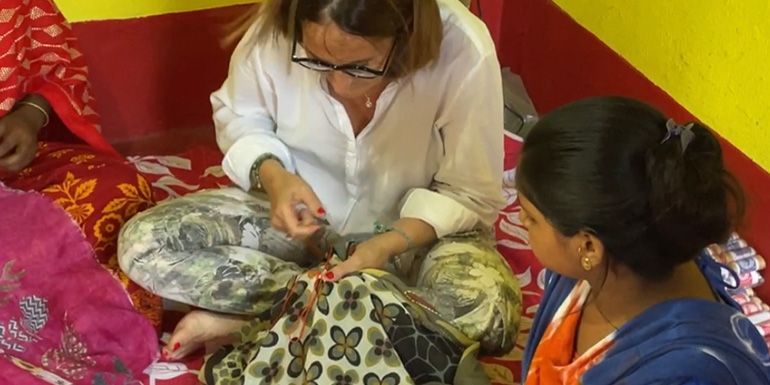
History of KANTHA
The Kantha technique is one of the oldest forms of embroidery in India, dating back to pre-Vedic times (before 1500 BC). It is a tradition that has been declared a World Heritage Site. It is a skill learnt from childhood by women in the rural regions of West Bengal, Orissa and Bangladesh, and practised for generations.
Kantha embroidery from Bengal is a craft based on recycling several layers of fabric (usually saris and dothis) sewn together with intricate stitches. Layering and stitching extend the life of the fabric. A simple stitch prodery, meticulous craftsmanship is then applied to transform what are essentially rags into textile riches, the fabrics are quilted and embroidered to make a harmonious whole.
Kanthas are used to wrap newborn babies, as light duvets in cool weather, and as blankets to protect objects. Exported to Europe along the Silk Road, they became known as quilts. Little by little, embroidery evolved and became increasingly sophisticated, executed on cotton or silk. Each piece is unique. These textiles cannot be mass-produced. This craft is a skilful blend of economy and aesthetics, and the small irregularities in the stitching are a reminder of the textile's unique history. Sujni is a craft made by women in Bihar. As in the Kantha tradition, the soft cottons of used saris and dhotis are generally recycled in new forms. Several layers are quilted together. Traditionally, the thread was taken from the edges of old garments.
The present day
Long abandoned with the arrival of synthetic textiles, this technique was revived in the second half of the 20th century. Today, kantha is mainly used in the villages, creating a social bond between women from different communities and faiths. It's a story of women and transmission.
Today, the work of the Kantha is taken up again and the traditions are passed on to new generations, even if there are fewer candidates. In Indian Bengal, it provides work for women in entire villages, where they embroider in the time they have between their various family occupations. Ancestral techniques were revived, but with a level of detail that could no longer be matched. The detail disappears in favour of profitability, which no longer allows the embroiderers to spend much time on one piece.
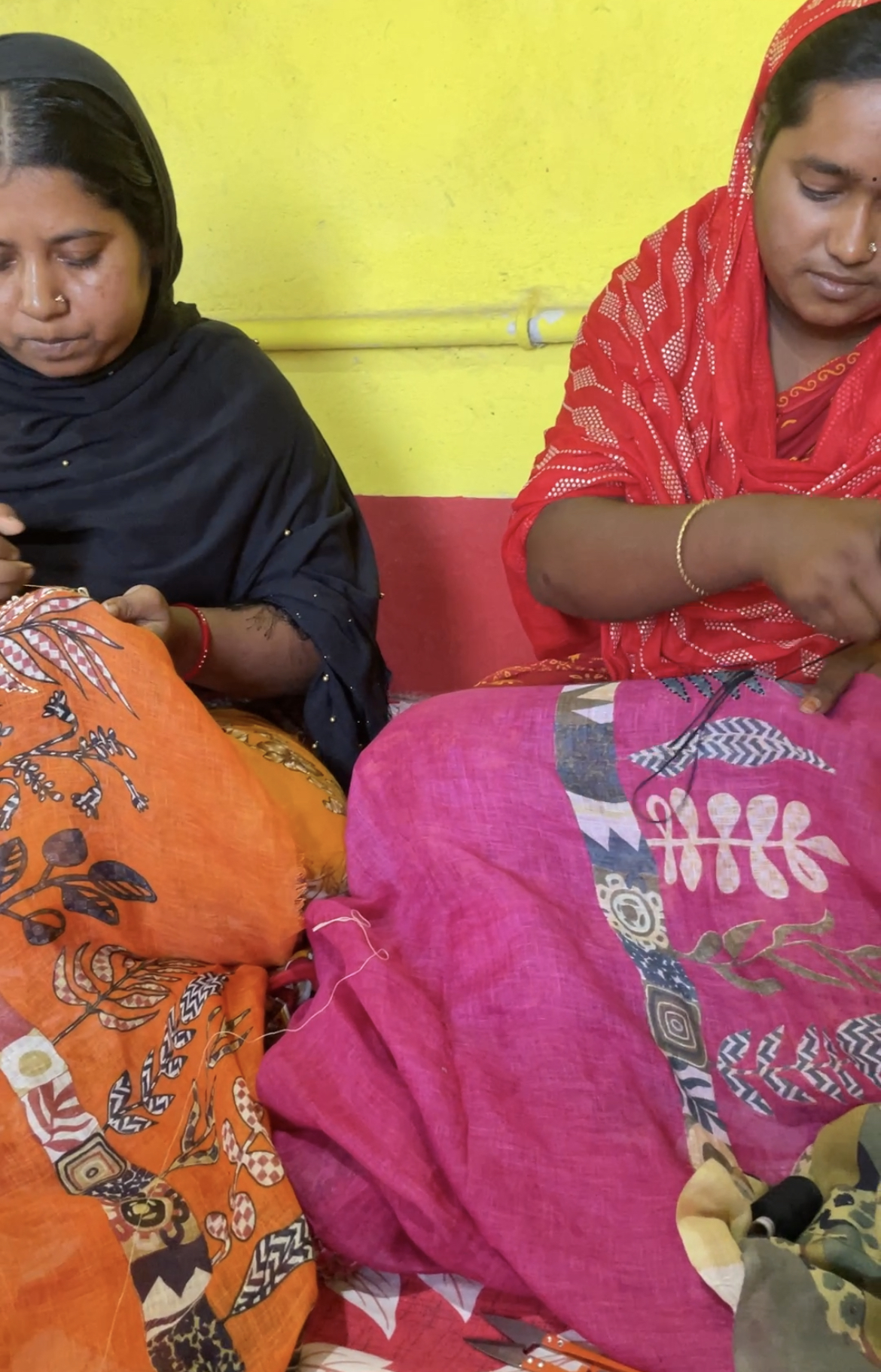
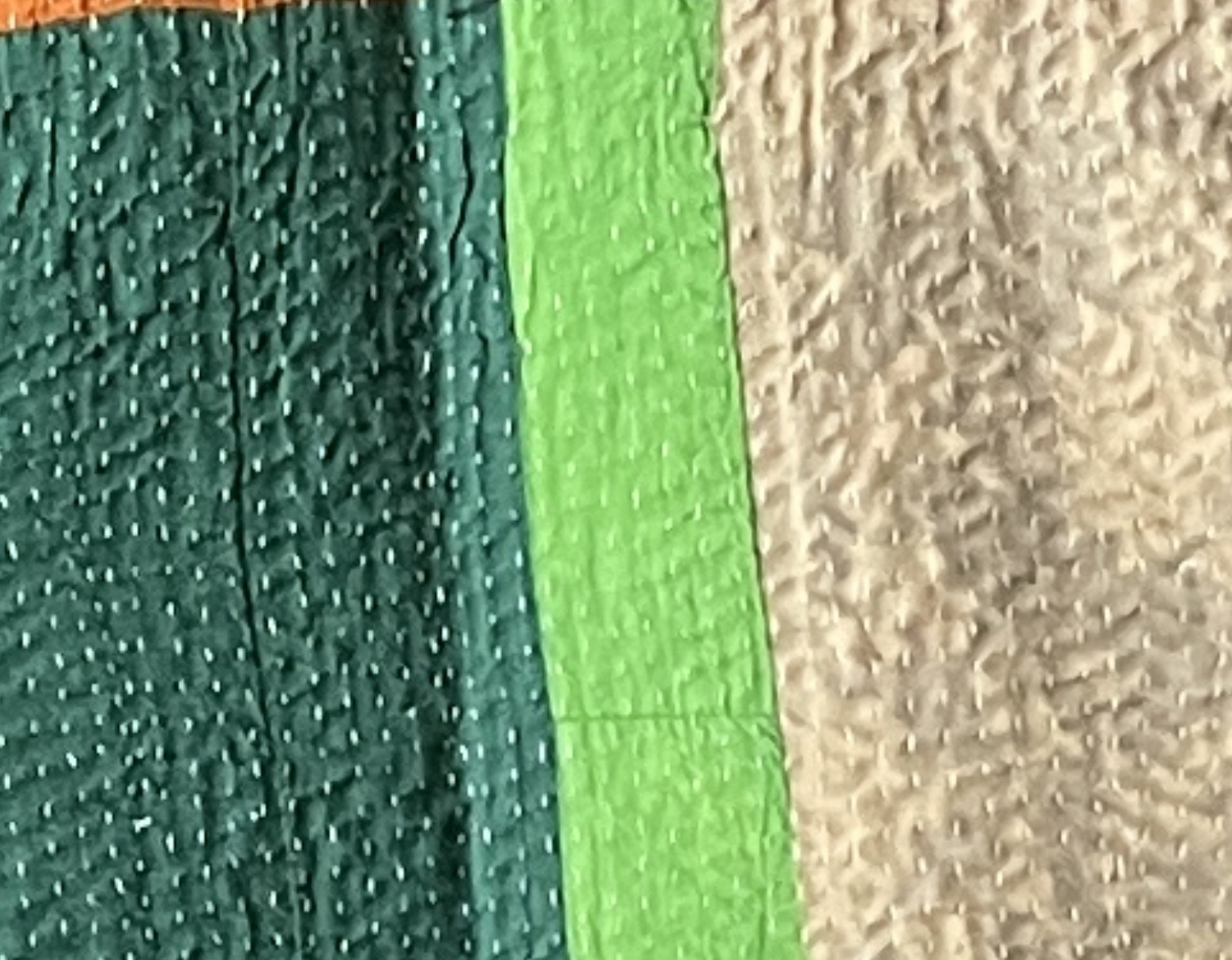 .
. 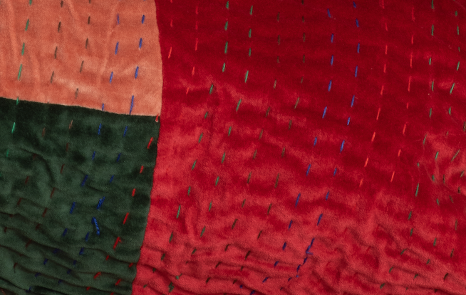
Old kantha New kantha
An inspiration for fashion and decoration
In recent years, Kantha has become increasingly popular in the fashion and interior design industry due to its unique aesthetic and rich cultural heritage. It adds an authentic, hand-crafted touch to collections. Consumers are increasingly attracted to products that tell a story and are ethically produced. Kantha meets these criteria, offering not only unique and aesthetically appealing pieces, but also a tangible connection to history and tradition.
At STORIATIPIC, we've been using these techniques on our scarves, bags and ready-to-wear since the brand was founded. We combine tradition with current trends. We work hand in hand with craftsmen to sublimate our products.
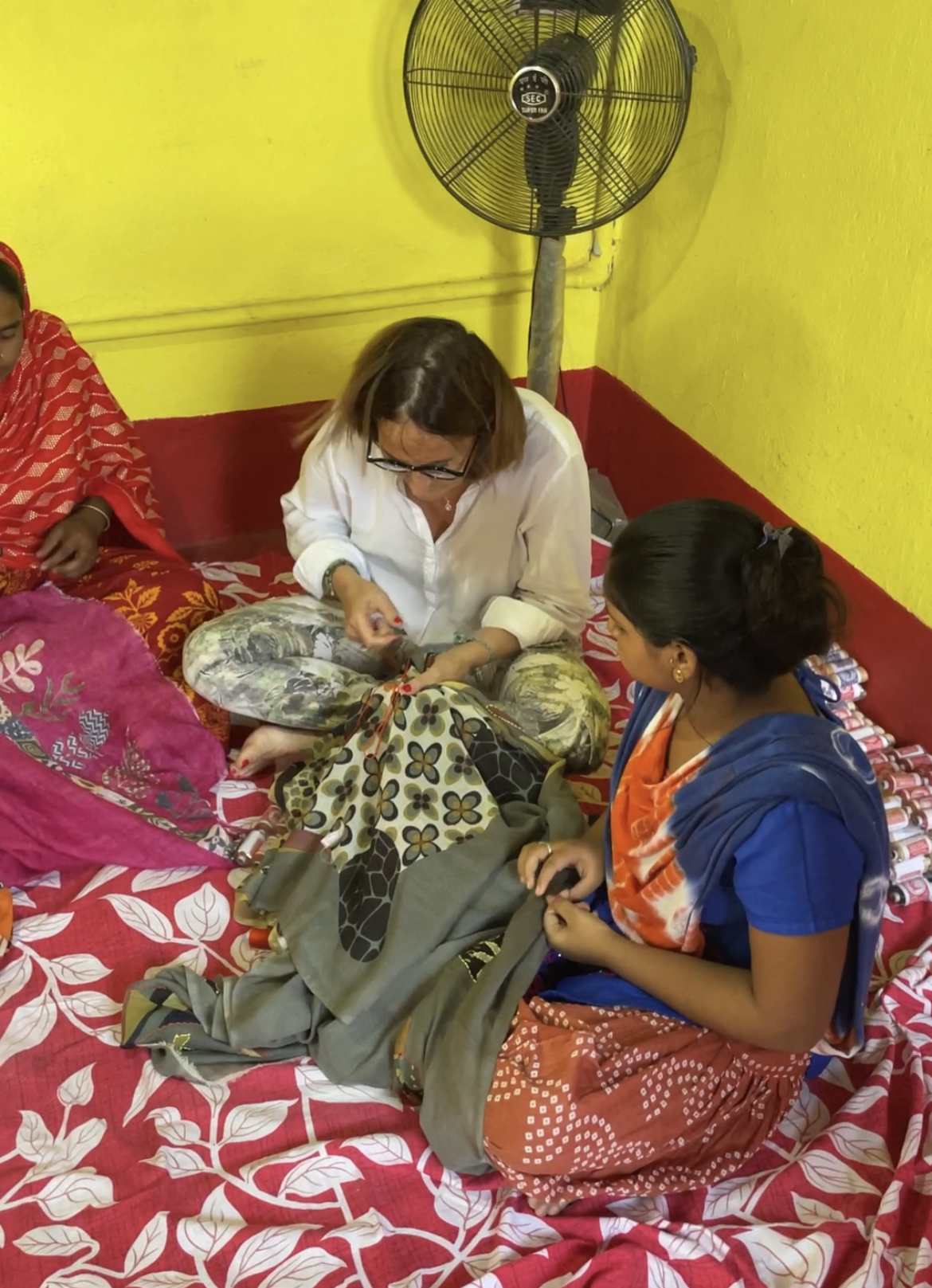 .
. 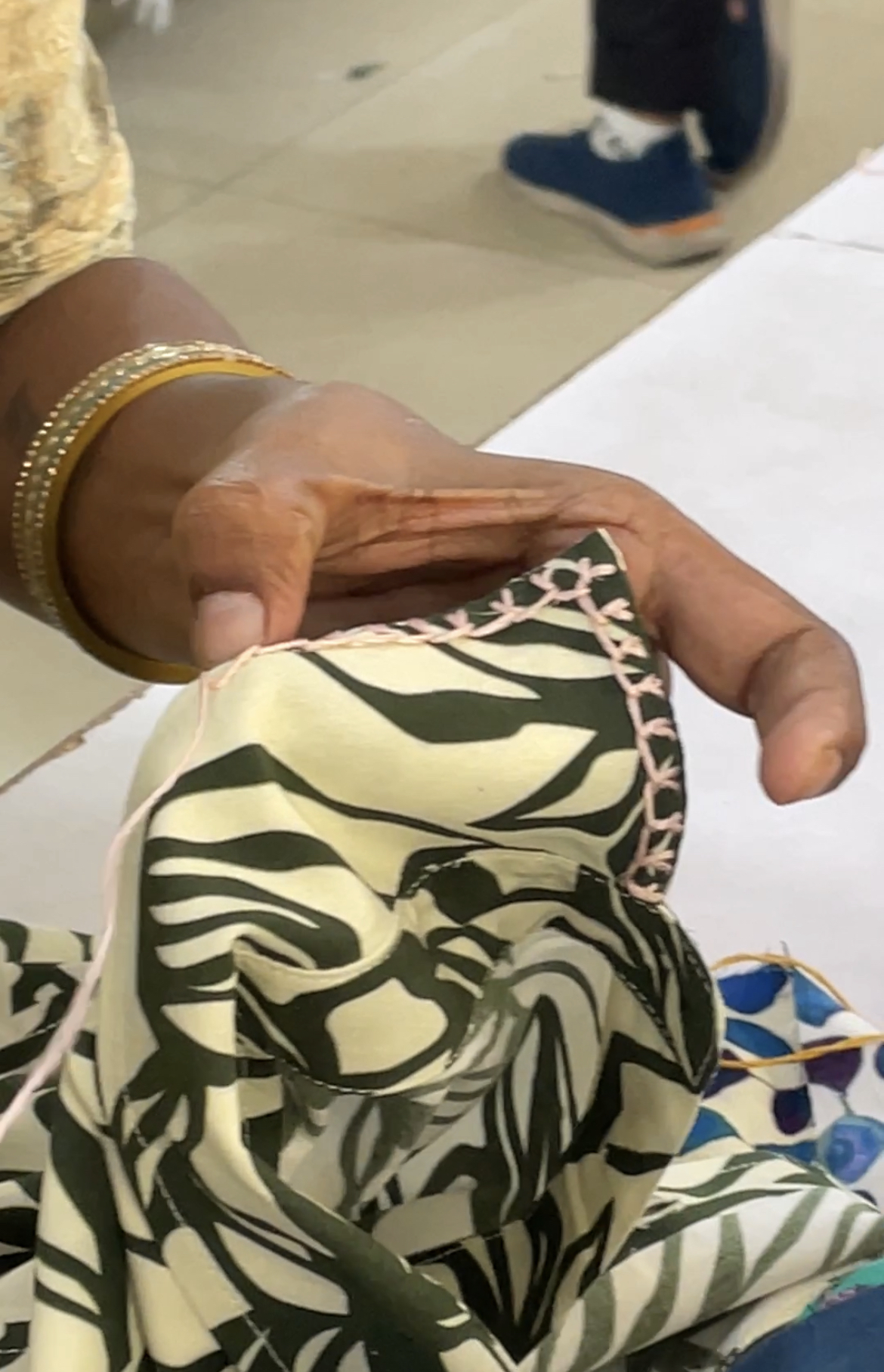
It's our trademark...
Find all our kantha products: here
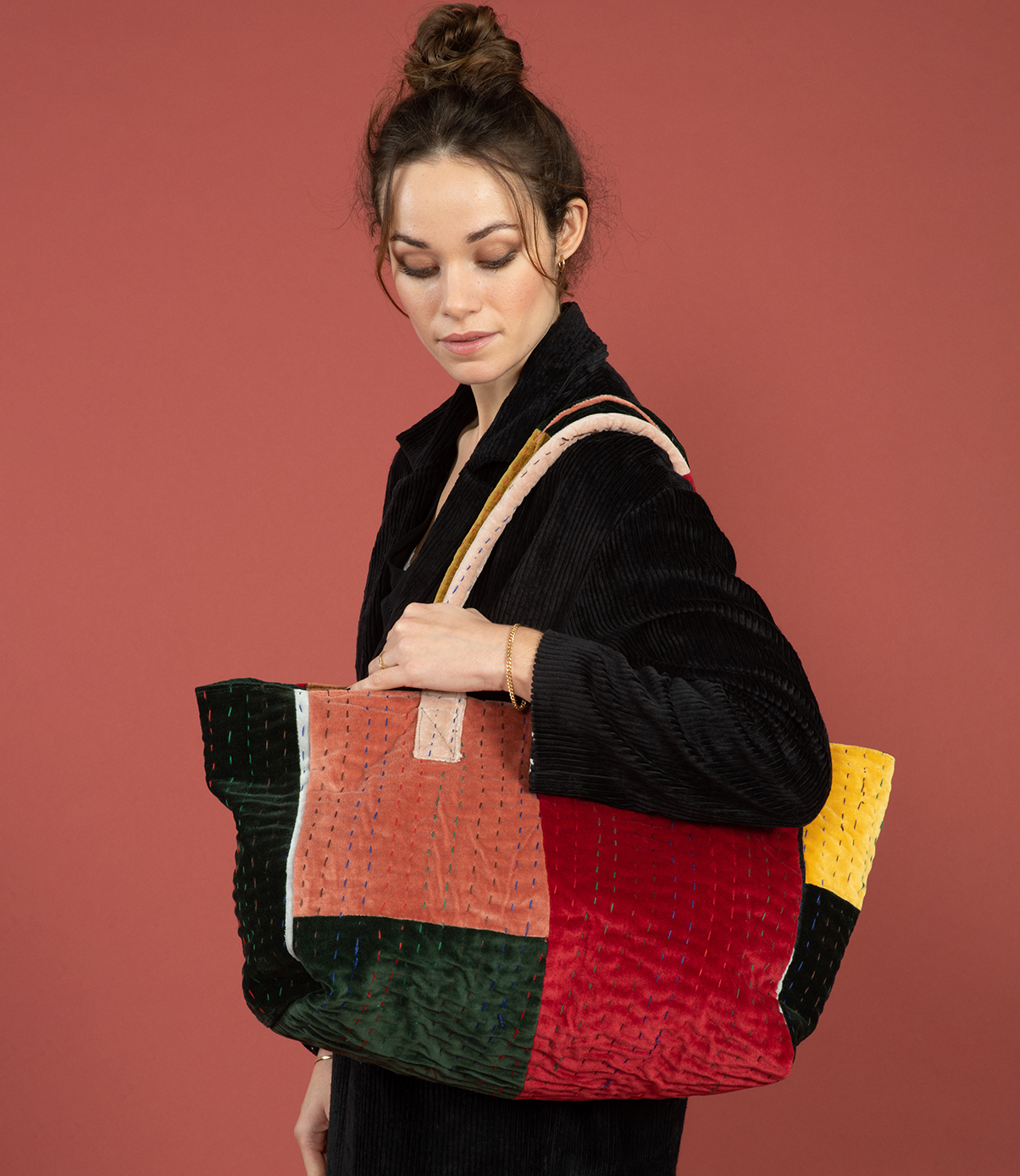 | 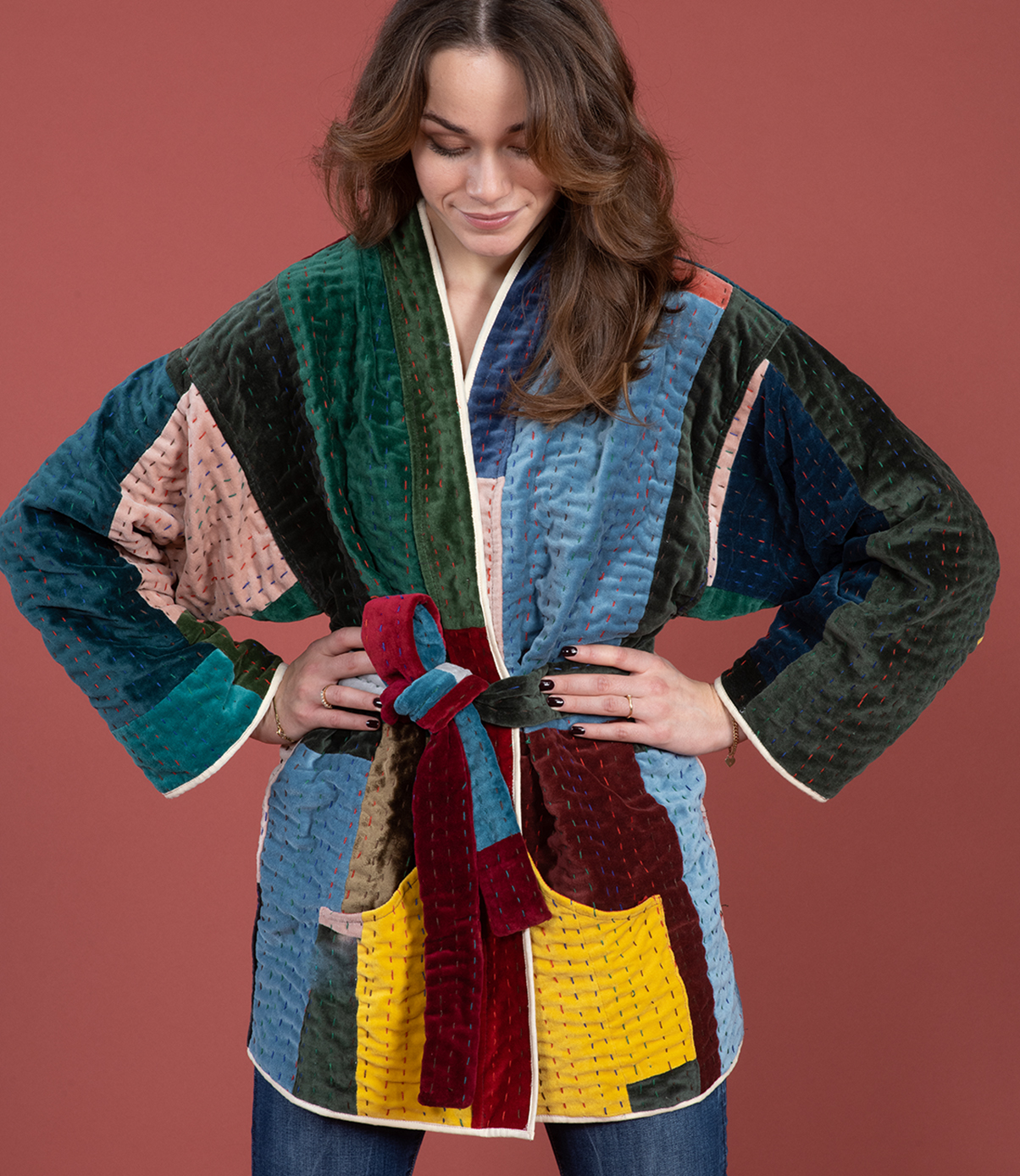 |  |
